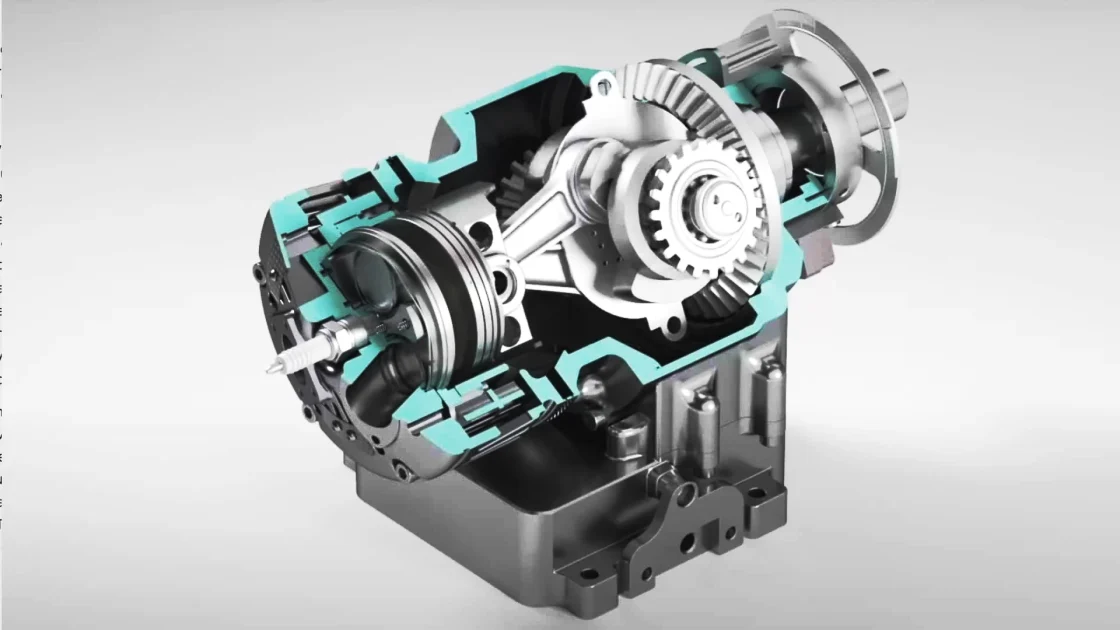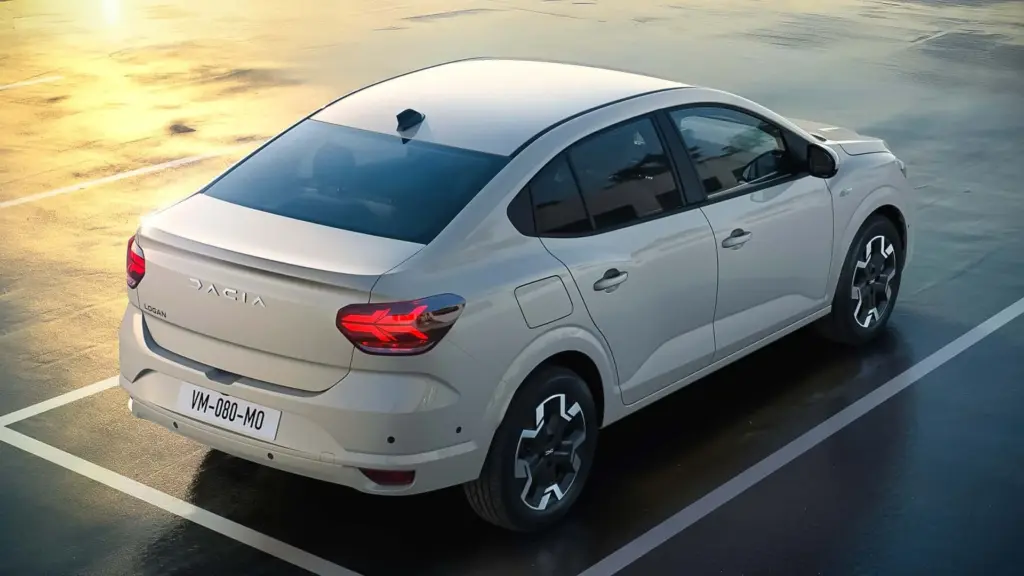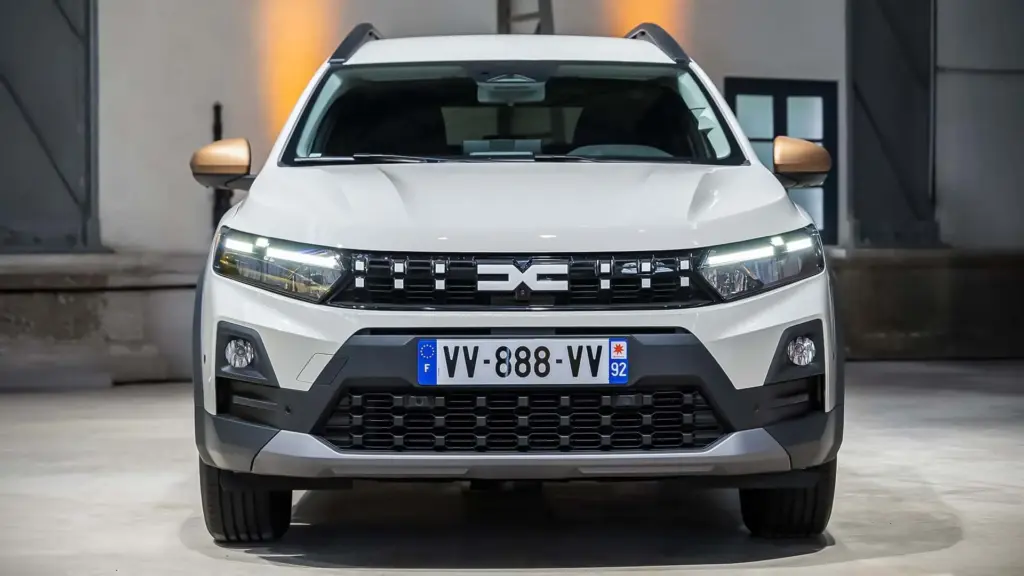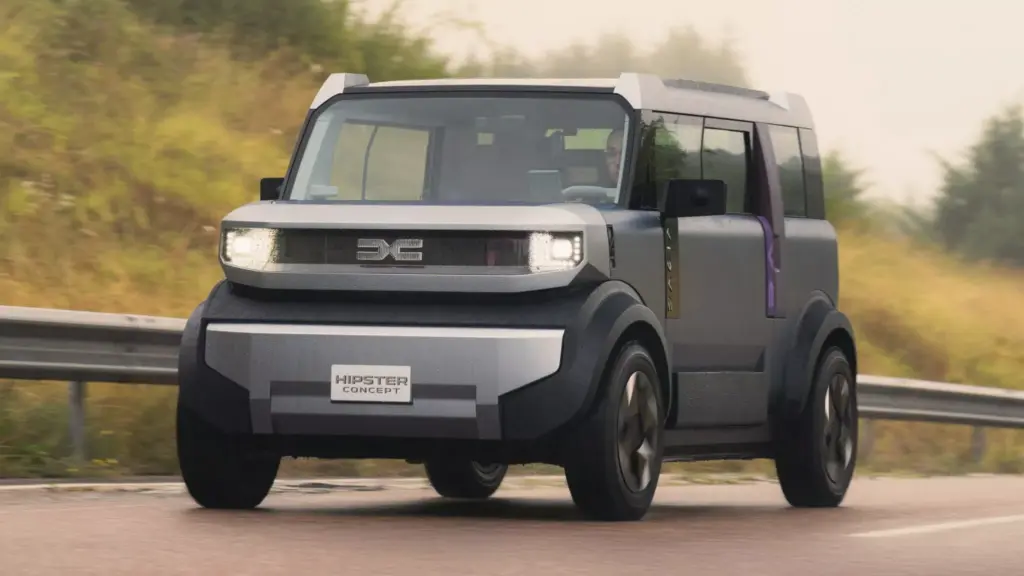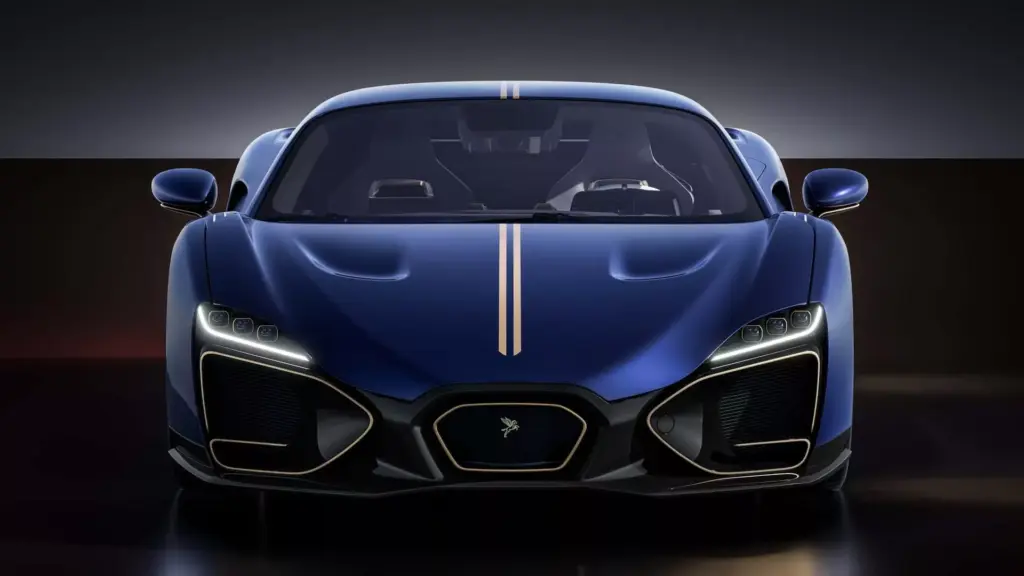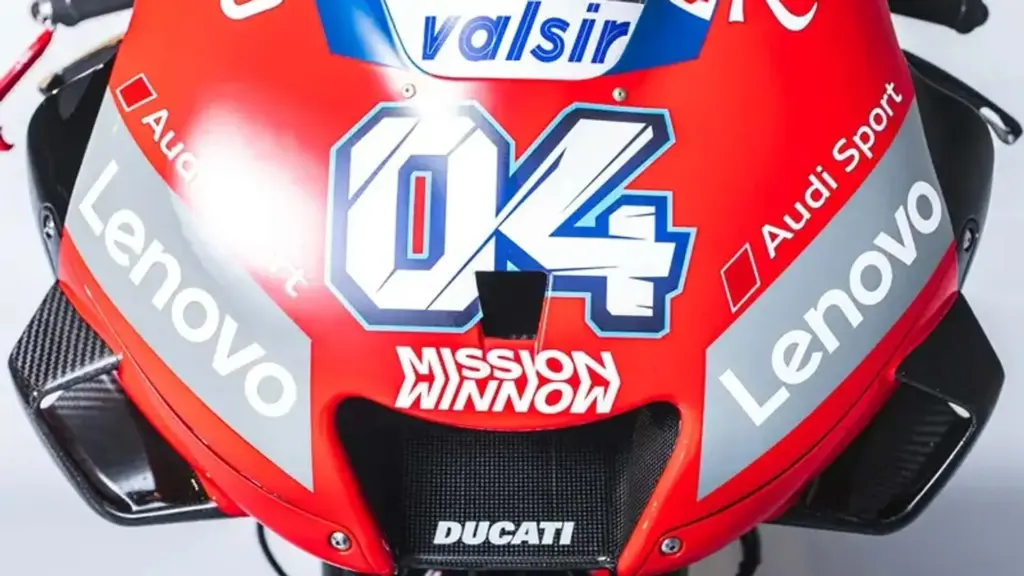The innovation in the automotive sector continues to impress, and Avadi is a clear example of this. The company believes that its new engine design can be used in various applications, including passenger cars, although we should not expect it to replace combustion engines. This article explores how Avadi’s new engine can revolutionize electric vehicles and its potential in various sectors.
Avadi’s New Engine Could Revolutionize Electric Vehicles
Avadi envisions that its engine, which features scalable displacement, could function as an onboard energy generator for electric vehicles. Measuring 30.5 cm in length, 25.4 cm in height, and 20.3 cm in width, and weighing only 10.7 kg, the engine produces 15.8 horsepower and 30.4 Nm of torque. While these numbers may not be sufficient to recharge a massive battery, they represent a promising start.
With electric vehicle sales slowing down, automakers are introducing new hybrids that use onboard generators, such as the Mazda MX-30 and the new Ram 1500 Ramcharger. Mazda uses a 0.83-liter rotary engine that generates 74 horsepower to recharge the crossover’s battery. Ram went a bit further in the power department, installing a 3.6-liter V-6 engine with 174 horsepower in its hybrid pickup. Both examples show that automakers are experimenting with new powertrain configurations.
Avadi’s engine is just a prototype for now, but the company states on its website that it anticipates “the possibility of delivering engines to customers in the near future.” Even if we never see it in a passenger car, it could power motorcycles, ATVs, drones, lawnmowers, numerous recreational vehicles, and more. The versatility of the engine is one of its greatest advantages, allowing applications in various sectors.
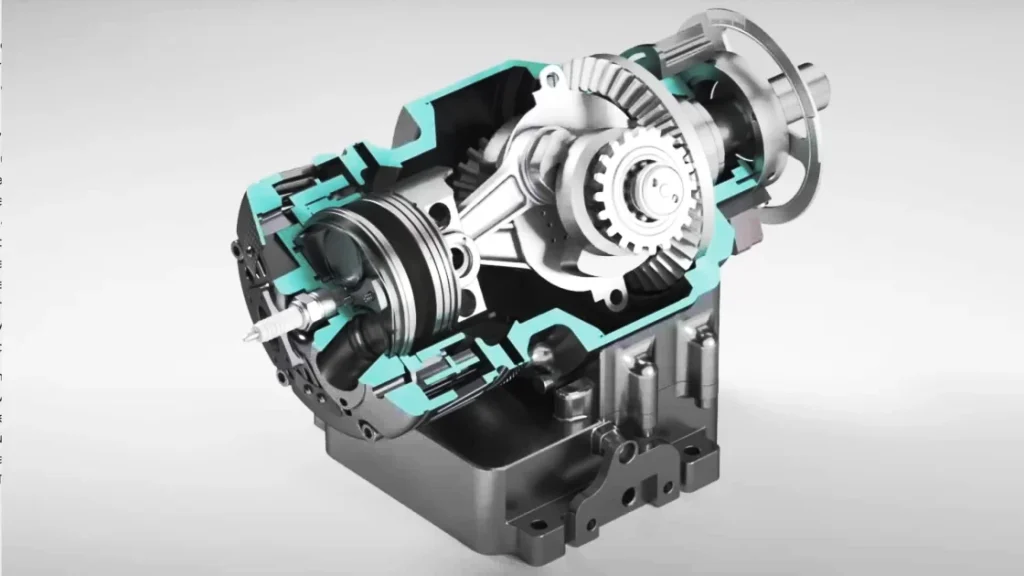
Avadi’s Prototype Engine Holds Promise for Various Sectors
Avadi’s prototype engine has the potential to revolutionize not only electric vehicles but also a range of other sectors. With its scalable displacement capability, the engine can be adjusted to meet different needs, from small devices like drones to larger vehicles like ATVs and motorcycles. This flexibility is a major advantage in an increasingly competitive market.
Avadi is eyeing various industries, including the recreational vehicle and gardening equipment sector. Imagine a lawnmower that never needs recharging, or an ATV that can operate for hours without requiring a recharge. These are just a few of the possible applications for Avadi’s new engine. The company is confident that it will be able to deliver engines to customers in the near future, further raising expectations.
Motor1 reached out to Avadi to learn more about the current status of the project. Although still in the prototype phase, the company is optimistic about its potential. Mass production capability and engine scalability are crucial points that Avadi is working to perfect. If successful, the company may not only revolutionize the electric vehicle market but also create new opportunities in various sectors.
The innovation in the electric motors sector is just beginning, and Avadi is at the forefront of this revolution. With a versatile design and promising application plans, Avadi’s new engine has the potential to transform not only electric vehicles but also various other industries. As we await more information on the development of this prototype, the future looks bright for Avadi and its new technology.
Author: Fabio Isidoro
Founder and editor-in-chief of Canal Carro, he dedicates himself to exploring the automotive universe with depth and passion. A car and technology enthusiast, he produces technical content and in-depth analyses of national and international vehicles, combining quality information with a critical eye for the public.

